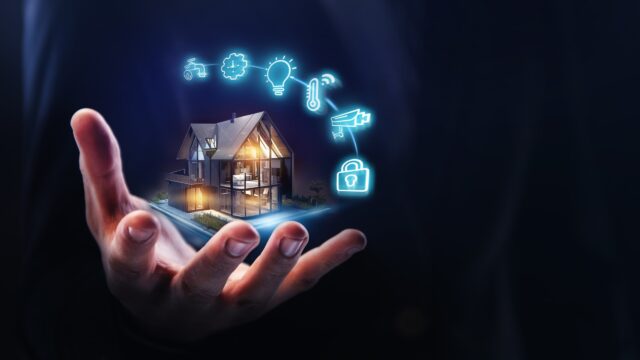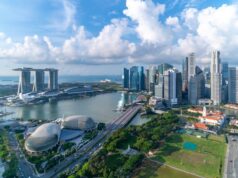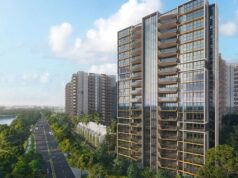Smart home technology is no longer a luxury in Singapore — it’s an expectation. As modern lifestyles evolve, convenience and connectivity have become key factors in real estate design. Buyers now look for homes that simplify daily living through automation, safety, and energy efficiency.
Thomson Modern is one such example where smart systems are built into every layer of residential life. It represents how innovation is shaping the next generation of urban homes across Singapore’s property landscape.
1. The Shift Toward Connected Living

Homebuyers today expect technology to be part of their environment. Smart lighting, digital locks, and voice-controlled systems are now common features in new developments. These tools improve comfort and security while aligning with Singapore’s “Smart Nation” vision.
Developers have quickly adapted. Most new condominiums now come equipped with intelligent home hubs that manage lighting, air conditioning, and appliances through mobile apps. This allows residents to control their environment remotely, reducing energy use and increasing comfort.
The appeal of connected living also extends to older demographics. Retirees appreciate voice-activated systems for accessibility, while young families enjoy enhanced safety and convenience. As the population grows more tech-savvy, the demand for connected homes continues to rise.
2. Security and Energy Efficiency as Key Drivers

Smart home systems are not just about convenience—they offer real-world benefits in safety and energy management. Advanced security tools like motion sensors, video doorbells, and remote monitoring provide peace of mind. Residents can check who’s at their door or view live camera feeds from anywhere.
Energy efficiency is another major benefit. Automated lighting and temperature control systems ensure that power is used only when needed. This reduces both costs and environmental impact. As sustainability becomes a stronger priority, these technologies align perfectly with Singapore’s push toward greener living.
For developers, integrating energy-smart solutions also helps achieve higher ratings under the Building and Construction Authority’s Green Mark certification. It’s a win for both residents and the environment.
3. Technology as a Long-Term Value Booster

Properties with integrated smart systems generally hold stronger long-term value. Buyers recognize the advantages of homes that keep up with technological progress. They’re willing to pay more for features that enhance daily living and reduce long-term maintenance costs.
From an investment perspective, these properties tend to attract younger, tech-oriented tenants, resulting in better occupancy rates. Developers who include smart technology future-proof their projects against shifting market expectations. As artificial intelligence and IoT (Internet of Things) continue to evolve, these systems can easily adapt with software updates—making homes ready for the next decade of innovation.
Moreover, Singapore’s push for sustainable and digital transformation ensures that smart home technology will remain central to its real estate strategy. The government’s long-term plans for a connected urban environment guarantee ongoing support for such advancements.
Conclusion
Smart home technology has transformed from a premium feature into a basic expectation in Singapore’s real estate market. It enhances lifestyle, security, and energy efficiency while adding measurable long-term value to properties.
Developments like Thomson Modern lead this shift by integrating intelligent systems that make everyday living smoother and more sustainable. As Singapore moves closer to its Smart Nation goals, one thing is clear — smart homes are no longer the future; they are the new standard of modern living.




